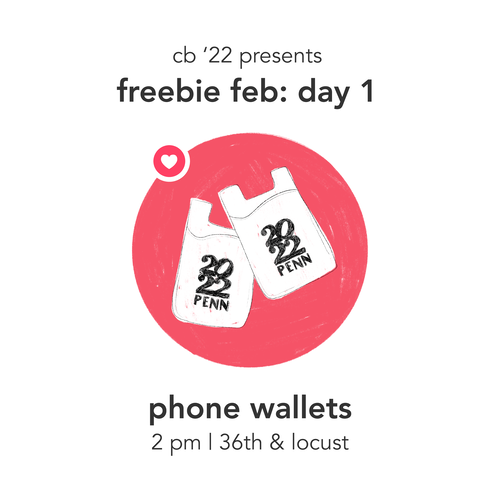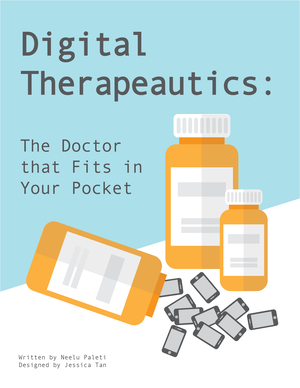Discovering my passion for UI/UX design
I got into design by accident.
I’ve always seen myself as a scientist at heart. Growing up, curiosity about how the world works and experimentation as a means of better understanding it challenged me intellectually in a way my past creative endeavors never had.
As a kid, I loved to draw. I didn’t have the best attention span, but I could spend hours on end drawing, refusing to take a break until I finished. However, as I got older, I grew bored of repeatedly replicating scenes stroke by stroke.

In sophomore year of high school, I began experimenting with digital painting softwares, becoming fascinated by the possibilities that arose from the intersection of art and technology. However, like with traditional drawing, digital drawing didn’t quite challenge me in the way as science did.
As a result, art remained a hobby, and I would quickly fall in and out of digital art trends, jumping from digital painting to hand lettering to photo editing, hoping to find a consistent creative outlet to learn and grow from.
Fall 2018: Discovering graphic design
Going into college, I knew I wanted a creative part-time job to accompany my scientific coursework. It seemed like the closest options were the graphic design positions, all of which required knowledge of Adobe products. During orientation week, I downloaded a 7-day free trial for Adobe Illustrator and started learning graphic design skills.
Getting lost in designing for hours on end reminded me of what drawing was like for me as a kid. For the first time since my younger years, I was fully engaged and motivated by my creative outlet.

After scrambling to put together a portfolio before classes started, I was ultimately lucky enough to land two part-time jobs: one as a graphic designer for my college house and another as a graphic design assistant for the Wharton Marketing and Communications office.
Wanting to increase my involvement on campus and find more excuses to design in my free time, I applied to design-related positions for nearly a dozen different clubs. I figured I’d cast a wide net, since I had heard about how competitive the application process for clubs and student organizations was at Penn.
Much to my surprise, I ended up being accepted into most of the organizations I applied for. As an eager freshman, I naively accepted all those offers. I took on a breadth of design roles in ten different clubs-layout design for various magazines and publications, layout and digital design for the student newspaper, program design for theater groups, marketing and brand design for a few business clubs, creative direction for the student government, etc.









While I’m fortunate for these experiences for allowing me to learn so many types of design so quickly, I soon realized how burnt out and spread thin I became. I was addicted to design-I would sacrifice sleep and academics to crank out deliverables for my clubs and jobs. I loved the work I was doing, yet I hated not being able to focus deeply on any one commitment.
Winter 2018: Assessing my priorities as a designer
During the break between semesters, I reevaluated my commitments. I realized that the roles that engaged me the most were the ones involving marketing and brand design. For example, designing for Wharton Marketing and Communications allowed me to realize that designers are creative problem solvers.
Each brief at work presented a fresh, new problem to be solved through design- How might we redesign this email template to increase click-through rate? How might we create a shared design system that’s easy for team members without design knowledge to use? How might we promote we best promote this event using print collateral?



While I often felt lost or overwhelmed in the infinite possibilities for layout design and creative direction, I felt grounded and confident in my ability to deliver graphical assets designed to solve specific problems.
Spring 2019: Discovering product design
After I began prioritizing the problem solving aspect of design, my goal to grow as a designer became more focused. Coming into second semester, I dropped over half the clubs I joined first semester and dedicated my time to design positions that allowed me to exercise my problem solving skills.
One of my developer friends suggested that I apply for Penn Labs, a team of developers and designers that builds products to improve the Penn community. I had never even heard of product or UI/UX design at this point, but I took a shot in the dark and submitted an application.
A few days later, I was lucky enough to be accepted into the next round of the application process. This round included a technical challenge, in which applicants had a weekend to redesign Penn Labs’ most recently acquired product: Penn Course Plan, a mock scheduling tool to make course registration easier for Penn students.
This assignment was my first time designing a product, and I admittedly started off pretty clueless. I spent hours exploring product design resources online, scouring case study after case study, and analyzing common design patterns. After I had a decent grasp of the design process, I did some very basic user research (aka interviewing a few friends), then brainstormed solutions. To translate these ideas into digital prototypes, I experimented in Adobe Xd for the first time.
I ended up becoming highly invested in this technical challenge, spending 10 hours on the mock up and prototype stage alone, learning an exorbitant amount about design tools and principles in the process. Through this challenge, I realized how passionate I am about using design to solve real problems for real people.



Considering it was my first ever UI/UX design assignment, I’m convinced that it wasn’t the quality of my proposed solutions that got me accepted into Penn Labs, but rather my passion for design and demonstrated commitment level. Nevertheless, I’m extremely grateful to Labs for kickstarting my passion for product and human-centered design.
After officially joining the organization, I was assigned to be the sole designer on the Penn Courses product team, which creates tools that help students with course registration. I was surprised and humbled by the level of responsibility and ownership I was given over the Penn Course Plan redesign project as a beginner product designer. This pushed me to work harder and learn faster so that I’d be able to design better interactions for my fellow students. I’d spend hours in my free time thinking about and designing solutions for their pain points, which in hindsight was a pretty good sign that I’d soon start living and breathing product design.


Fall 2019: Solving more people problems
My fascination with humans and why humans do what they do led me to add Psychology as a second major at the start of this semester. Seeking to further my interest in product and psychology, I applied to be a research assistant for a project involving the development of a mobile app for parents and teachers of children with autism to monitor emotional regulation.
When I joined the project, the team consisted of just my principle investigator and a mobile engineer who did not have prior design experience. My PI was aware of my design background and had me design the assets for the app, but I felt I could use my design skills to make bigger contribution to the project. As she walked me through the app, there were so many design improvements I could see being made with every interaction.
Around this time, I was co-teaching a Wharton seminar on Mobile UI/UX design, which helped me set aside my designer imposter syndrome enough to take a chance on myself. I asked my PI if she’d be willing to let me work on experience design for the app, and she was more than enthusiastic about the idea.
The opportunity to design solutions for such an impactful project allowed me to finally realize that UI/UX design was the perfect intersection of my creativity, scientific curiosity, and desire to solve people problems I’d been looking for all this time.
Now: Continuing to reflect and grow as a designer
It’s been a long and winding journey to discover my passion for design. However, looking back, all the obscure pieces of the puzzle actually do fit together. I used to see “the artist” and “the scientist” as my two competing personalities, but becoming “the designer” has allowed them both to co-exist and learn from one another. When designing interactions and experiences, visual decisions and creative solutions are driven by research, investigation, and testing.
Unlike with all my past creative pursuits, I have yet to grow bored of design and I doubt I ever will. The power of design to transform ideas into tangible solutions remains magical to me, and it’s the way that magic solves real problems for people that drives me to practice and learn design every day.
The dedication, empathy, eye for detail, and problem solving skills that designing has allowed me to contribute to my community in meaningful and productive ways thus far, and I’m excited for what the future holds!
Originally published at https://jesstan.me on December 1, 2019.
If you’d like to chat, feel free to reach out at jytan@sas.upenn.edu. Thanks for reading!

